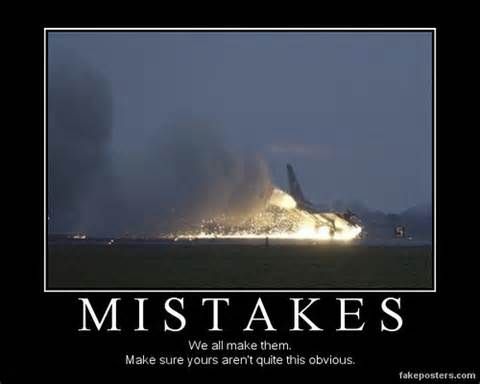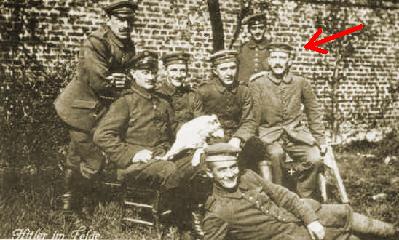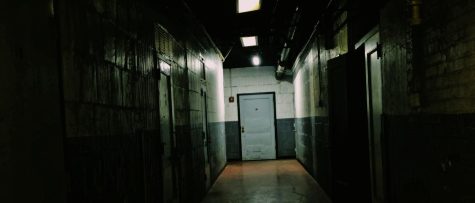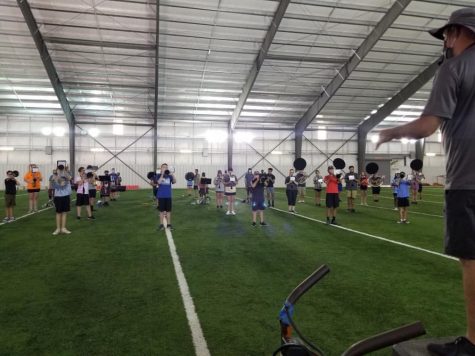Misaktes

The title of this article is misspelled in honor of mistakes. Mistakes are everywhere, they surround us like air. To “err” is human. Faults, flaws, fumbles and fallacies are as much a part of who we are today as the stuff we have gotten right. For instance, if a knight knocked your knuckle or knifed your knee, why are there so many K’s? Well the K’s are silent, as many of you learned, but by mistake. Even in the original English language these words were pronounced with actual K’s. Even the history of science is a graveyard of dead and abandoned ideas. Entire previous generations incorrectly thought the exact same thing about what they used to think was absolutely true. My favorite examples of the ubiquity of mistakes are production errors in popular songs. They’re like humbling Easter-eggs waiting to be found. For instance at about 2:57 in the song “Hey Jude” by the popular Beetles you can clearly hear McCartney miss a cord and swear about it. Knowing that the idols we consider to be perfect, from movie stars to song writers, also make mistakes humbles us in knowing that secretly we aren’t the only ones who make mistakes along our lives. Take a look at this 700 year old prayer book a monk scraped the ink off an older manuscript, cut the pages and rotated them before writing all over them. A mistake?.. Well kind of… recent multi-spectral images of the prayer book have revealed that the manuscript he erased out of the original book was a previously unknown copy of a work done by Archimedes. It was called “The Method” and it laid out the heart of calculus thousands of years before Isaac Newton enlightened it. If that one monk hadn’t erased that one book would we have been hundred, maybe thousands of years more mathematically and technologically more advanced today than we currently are? It’s hard to say, but all that we can be certain of is that we would continue to make ridiculous mistakes.
This man carrying a wounded soldier in a painting by Fortunino Matania of the 2nd Battalion Yorkshire Regiment based on a photograph taken in WW1 is Henry Tandy, an English recipient of the Victoria Cross. 4 years after the event in the image above,
Tandy caught this man, a wounded German soldier, in his gun sights, but rather than kill the man, Tandy took pity on his wounded state and spared his life. The german who was allowed to live wore his mustache a bit longer in those days but still had the same name: Adolf Hitler. Detailed research has shown that the exact hours that the two battalions where in the same area don’t quite match up and yet no one knows why or can verify the story. But what is known is that Hitler owned a copy of the painting of Tandy and in 1938, when meeting with Nevil Chamberlain, pointed to the Tandy in the painting and said “ That man came so close to killing me in 1918 that I thought I should never see Germany again”. So who is mistaken, Tandy or Hitler or maybe even the general public who formed these opinions? Maybe Hitler made up the story to further his “evidence” that divine province had prevented his death so that he could do what he did in WW1. Either way someone is mistaken, so I will leave you with a mistake just as I met you.
Stuff in your past is like the carving on the bark of a sapling. Over time the scar, the carving, won’t go away and because of the way trees grow it won’t go up or down much either. It’ll just stay there, maybe even get darker. But it won’t get bigger, you however can. You can keep growing; keep doing more things, making more branches, being more things. The wound won’t get smaller, but you can grow and therefore make it a smaller part of who you are. Maybe regrets are like that, they stick around forever like arbor glyphs, and yes are slightly worn away, but they are made smaller by the growing world all while taking up the same space.

![Untitled[1]](https://ahscougarcall.com/wp-content/uploads/2014/02/Untitled1.jpg)













